
Reviews and recommendations are unbiased and products are independently selected. Postmedia may earn an affiliate commission from purchases made through links on this page.
Article content
Hey kids!
Put away your TikTok videos and your Instagram posts for a few minutes, and let me tell you about one part of how people lived a hundred years ago.
Advertisement 2
Article content
In the early part of the 20th century, people learned about the happenings in their city, their country, and the world by reading a newspaper. These newspapers, you might guess, were made of actual paper, and that paper was created from a product called pulp.
To create the pulp, big companies needed raw materials: Trees, water (sometimes to move the trees to where they could be stripped down to the wood, but also to help turn the wood into pulp), and waterfalls (which could be used to create hydroelectric power to operate the machines). They also needed men to do the work.
The Saguenay—Lac-Saint-Jean area of the province of Quebec had all of that.
And kids, if you want a fun way to learn more about what went into the creation of pulp, you can ask your parents to set aside some time during your 2022 summer vacation to visit two areas of Saguenay—Lac-Saint-Jean.
Advertisement 3
Article content
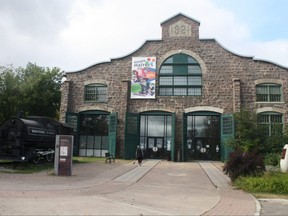
The first is La Pulperie de Chicoutimi Regional Museum (pulperie.com/en) in Saguenay. The museum is open all year, but part of the grounds and buildings are in a park, best visited in summer.
The museum itself is contained in a building erected in 1921 as a garage for trains. The building is so big, it will remind visitors of a cathedral. That’s intentional, since the same architects designed both. Four other buildings, all also originally part of Compagnie de pulpe de Chicoutimi, are on the site.
A permanent exhibit, “Shoulders to the Wheel,” will let you see what the men had to do to create the pulp while the company was in operation there (until the mid-1920s).
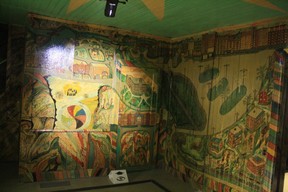
While you’re there, there are permanent and temporary exhibits not directly connected to the pulp industry which are not to be missed. The most spectacular is “Far from naive,” a permanent exhibit. It is the house (yes, house) in which a local resident, Arthur Villeneuve, lived during the 1950s.
Advertisement 4
Article content
What’s so special about an old house? Villeneuve, without any artistic training, and in an act of his Catholic faith, drew paintings on every part of every wall and door in the home.
(And kids, don’t try this at your house!)
In 1994, the house was moved inside the museum building. (I did mention that the building was big!) There is now varnish over the paint to preserve the artwork.
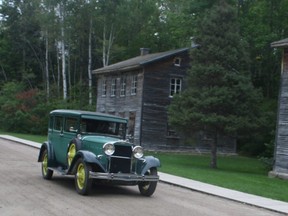
And kids, if you promise to be really good, and pay attention in your French class at school, you and your parents should spend a few days at the historical village of Val-Jalbert (valjalbert.com/en/home), which is about 100 kilometres from the museum.
A hundred years ago, Val-Jalbert was a “company town” — all of the people in the village were either employed by the pulp mill, or were there to meet the needs of the employees, such as a priest and the nuns who ran the convent-school. After the mill closed in 1927, Val-Jalbert became a ghost town.
Advertisement 5
Article content
The heritage of Val-Jalbert has been preserved and, over time, the site was adapted to welcome paying visitors with exhibits, accommodations and dining. In 2022, their summer season is from May 28 to Oct. 10.
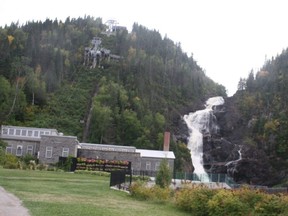
Many of the original buildings still stand. In summer, men and women in period costume will meet you at the buildings and tell you stories (en francais) about what life was like in the village.
Inside the old mill building, entertaining multimedia shows transport you back a century, showing the pulp industry and how the workers lived. The old mill building is also home to a restaurant with a table d’hote menu at night.
Modern accommodations are available in restored period houses and above the general store. More cottages are scheduled to be available in July. There is also a campground.
Advertisement 6
Article content
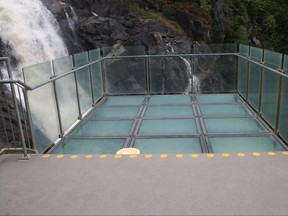
And kids, if you must do a TikTok video or an Instagram post, Val-Jalbert’s natural beauty has the backgrounds you and your followers will appreciate.
The Ouiatchouan waterfall, which provided the power to the mill, has a drop of 72 metres. There are many viewing locations, including a glass platform. At the top of a cable car ride near the waterfall, you will be able to look down on Lac Saint-Jean. There are also scenic trails to discover.
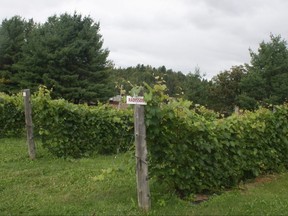
SIDE TRIP
Hey adults!
Between the museum and the village is Domaine Le Cageot (domainelecageot.com/en), a vineyard and farm in Jonquiere, Que.
They use the berries of the region — wild blueberries, raspberries and black currants — to create unique wines, liqueurs, vinaigrettes, jams, and jellies.
Tours and tastings are offered.
GETTING THERE
Driving from Quebec City, Saguenay is slightly more than two hours away via Autoroute 175. Via Rail has a weekly Montreal-Jonquiere train, leaving from Montreal on Fridays and returning on Sundays.
Stay connected with us on social media platform for instant update click here to join our Twitter, & Facebook
We are now on Telegram. Click here to join our channel (@TechiUpdate) and stay updated with the latest Technology headlines.
For all the latest Travel News Click Here

